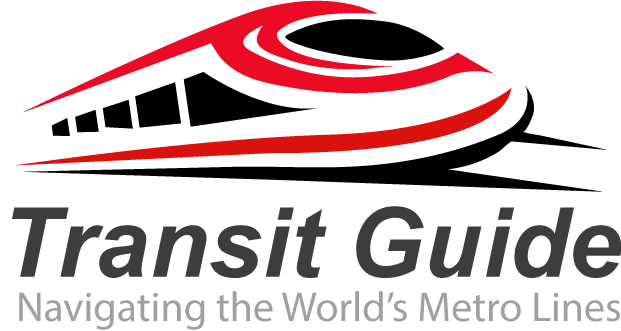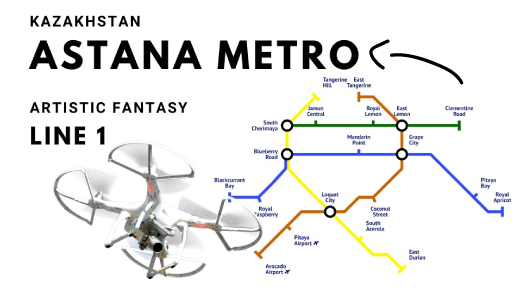Overview of Astana Metro
The Astana Metro, also known as Nur-Sultan Metro (reflecting the city’s former name), represents Kazakhstan’s ambitious vision for modern urban transportation. As the capital city’s premier public transit system, the Astana Metro serves millions of passengers annually while connecting key districts across this rapidly growing metropolis.
History and Development
Construction of the Astana Metro began in the early 2010s as part of Kazakhstan’s broader infrastructure development initiative. The project aimed to address the transportation needs of the expanding capital city, which was renamed from Almaty to Astana in 1997, and later to Nur-Sultan before returning to Astana in 2022.
The metro system officially opened its first line in 2011, marking a significant milestone in Central Asian public transportation infrastructure. This achievement positioned Astana as one of the few cities in the region with a modern underground rail network.
Current Network and Lines
Line 1 (Blue Line)
The primary operational line spans approximately 11 kilometers and features 9 strategically located stations. Key stations include:
- Astana Airport Station: Direct connection to Nur-Sultan Nazarbayev International Airport
- Central Station: Heart of the business district
- Bayterek Station: Near the iconic Bayterek Tower
- Government Quarter Station: Serving administrative buildings
- Residential District Stations: Connecting major housing areas
Key Features and Amenities
Modern Infrastructure
The Astana Metro boasts state-of-the-art facilities designed to withstand Kazakhstan’s harsh winter climate. Stations feature:
- Climate-controlled environments
- High-speed escalators and elevators
- Platform screen doors for safety
- Wi-Fi connectivity throughout stations
- Digital information displays in Kazakh and Russian
Accessibility
The system prioritizes universal access with wheelchair-accessible platforms, tactile guidance systems for visually impaired passengers, and audio announcements in multiple languages.
Ticketing and Fares
The metro operates on a modern electronic payment system accepting:
- Contactless smart cards
- Mobile payment applications
- Traditional paper tickets
- Tourist day passes
Fares remain affordable, with single journey tickets priced competitively compared to other Central Asian transit systems. Monthly passes offer significant savings for regular commuters.
Operating Hours and Frequency
The Astana Metro typically operates from 6:00 AM to midnight daily, with trains running every 3-5 minutes during peak hours and 8-10 minutes during off-peak periods. Service frequency increases during major events and holidays.
Future Expansion Plans
Kazakhstan’s government has announced ambitious expansion plans including:
- Extension of Line 1 to additional suburban areas
- Development of Line 2 connecting east-west corridors
- Integration with bus rapid transit systems
- Smart city technology implementation
Tips for Visitors
When using the Astana Metro:
- Purchase tickets in advance during peak hours
- Download the official mobile app for real-time updates
- Keep belongings secure and be aware of pickpockets
- Follow local customs and give priority seating to elderly passengers
- Learn basic station names in Kazakh or Russian
The Astana Metro continues evolving as a cornerstone of Kazakhstan’s transportation infrastructure, offering residents and visitors an efficient, modern way to navigate the capital city.

